I’ve been trying to find a way to talk about Michael Lee Lunsford’s fully-clothed redesigns of comic heroines’ costumes practically since the day he unleashed them on the web. A lot of the ladyblogs, like The Mary Sue, and a lot of the women who comment on them generally welcomed these designs and saw them as a step in the right direction, or, at least a step away from the women are currently depicted. Many of the male commenters, to quote The Mary Sue’s Susana Polo, were “tone deaf “in their responses, calling the designs “frumpy,” arguing that male characters are depicted in tight clothing as well, or that some people are just being prudes.
 I cans see why Polo said that the responses are tone deaf. We can disagree about liking these costumes individually, but it is telling that some folks want to say that having a problem with the way women are depicted in comics is some kind of prudishness about sex. In a nutshell, it is a silly argument because women do not exist to satisfy men’s fantasies. Obviously sexuality should be an element in comics, but it should be in service to a rich characterization. And sure, the male body is sexualized as well, but that sexualization is targeted at male readers just as female bodies are sexualized for male readers. The assumption is always that these are for boys.
I cans see why Polo said that the responses are tone deaf. We can disagree about liking these costumes individually, but it is telling that some folks want to say that having a problem with the way women are depicted in comics is some kind of prudishness about sex. In a nutshell, it is a silly argument because women do not exist to satisfy men’s fantasies. Obviously sexuality should be an element in comics, but it should be in service to a rich characterization. And sure, the male body is sexualized as well, but that sexualization is targeted at male readers just as female bodies are sexualized for male readers. The assumption is always that these are for boys.
In trying to figure out how to write about this, I asked a bunch of lady-nerds for their takes on the costumes. Some thought that they were fun, others thought that they seemed aimed at kids (a comment which led to its own interesting conversation) and others didn’t have a problem with the original, racier costumes.
Two responses in particular really interested me. One friend said that the designs were fine, as far as they go, but she’d like to see something like this come from a woman. I admit that for a second I hadn’t even considered that would be a response, but as soon as I got it, that same friend hit me with the fact that, since they didn’t come from a woman, they come off as another man moralizing the female appearance.

We could also call this the Lunsford-Liefeld Scale.
Another friend looked at them, decided that they were okay, and yet still a failure. Why? Because costumes are not the only way that comics objectify women. Poses, angles, expressions, and plots also do a pretty decent job of sexualizing, infantilizing, and objectifying women. Escher Girls does a great job of cataloging the extremely objectifying (and often ridiculous) ways in which women are posed and represented in comics. We can shove Wonder Woman into a burlap sack, but if we draw her as if she has no organs and then pose her with a broken spine so that both her tits AND her ass are visible, we might as well have just drawn her naked.

This one is comparatively tame…but only because there’s room for her organs.
All of this comes down to one sad fact about comics. The industry pumps out a lot of ridiculous, sexist imagery and most of it goes unquestioned because the publishers’ basic assumptions are wrong. Comics shouldn’t be written and drawn for male audiences because women read comics too. In fact, I’m noticing that a lot of women I know would make the jump from indie comics to superhero comics if not for the horrible way that superhero comics portray women. Women creators and artists can rectify this problem, and bring new ideas to the table. I’m sure that Michael Lumsford is a good dude and that he means well. He repeatedly stressed that he’s not on a moral crusade to cover women’s bodies, nor is he attempting to send a message to comic artists about the latent misogyny in their imagery and I’ll take him at his word. But I wish that he had taken the opportunity to engage women (you know, the people he’s depicting) in the challenge itself.
In the end I’m forced to face a really sad fact: women are dressed, posed, drawn, and portrayed in a depressingly sexist manner (and most of the time no one says anything) because the industry itself is sexist. This might account for why so many women are treated as second class citizens in geekdom, as fake-nerd girls, or as cosplaying targets of male sexual rage. Let’s take stock: how many women are there in key positions in the industry? How many women hold writer or artist gigs—not token artists or writers—but working stiff writers and artists? Or colorists, inkers, or editors? How many female executives sit at the top of the comic publishing food chain?
If you couldn’t answer I will for you: depressingly few. Comic book publishing has always been a boys club from the top down. This is the thing that has to change first. Comics needs more women writers, editors, artists, and executives, women who can work to change the basic assumption behind comic book writing, art, and sales—that comics are for boys. Until then, I will have to go on with the sad knowledge that the industry is sexist and there’s nothing a costume redesign can do to change that.
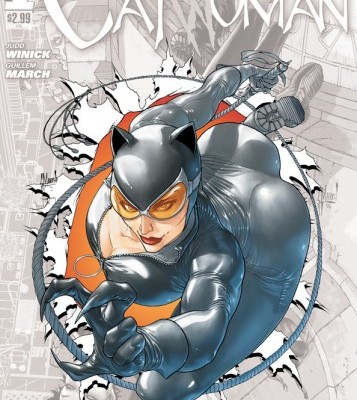

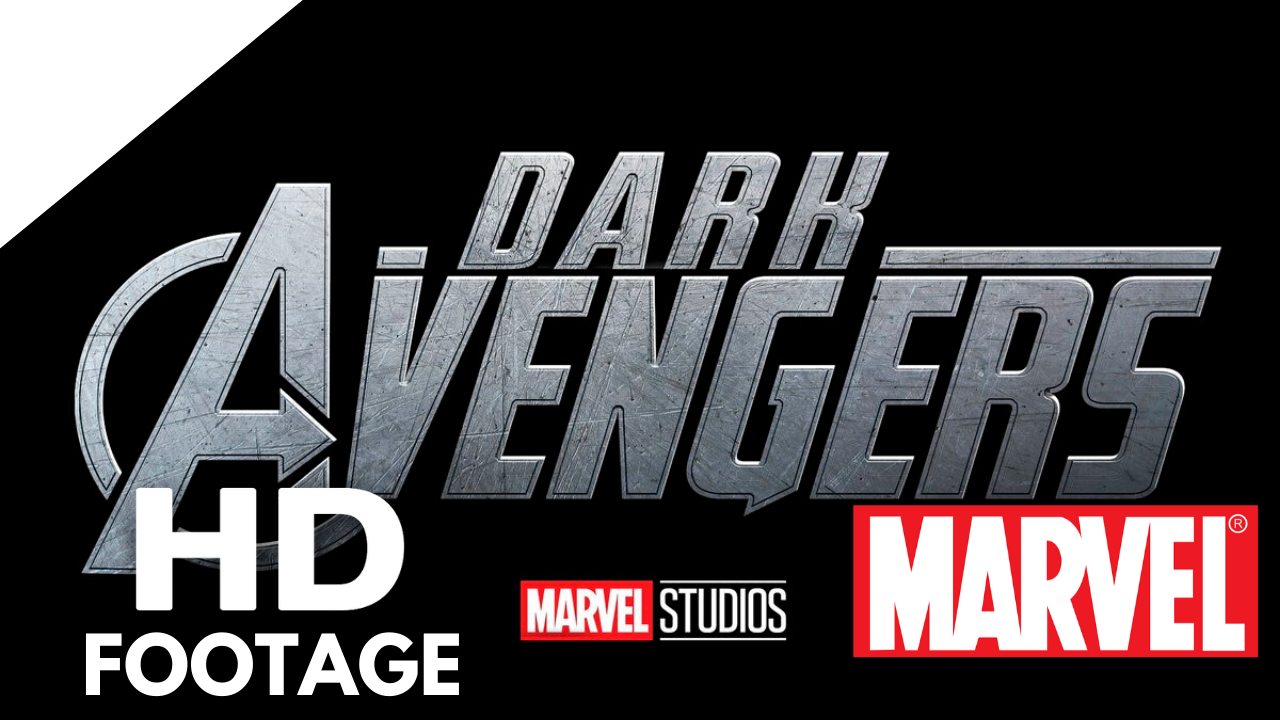
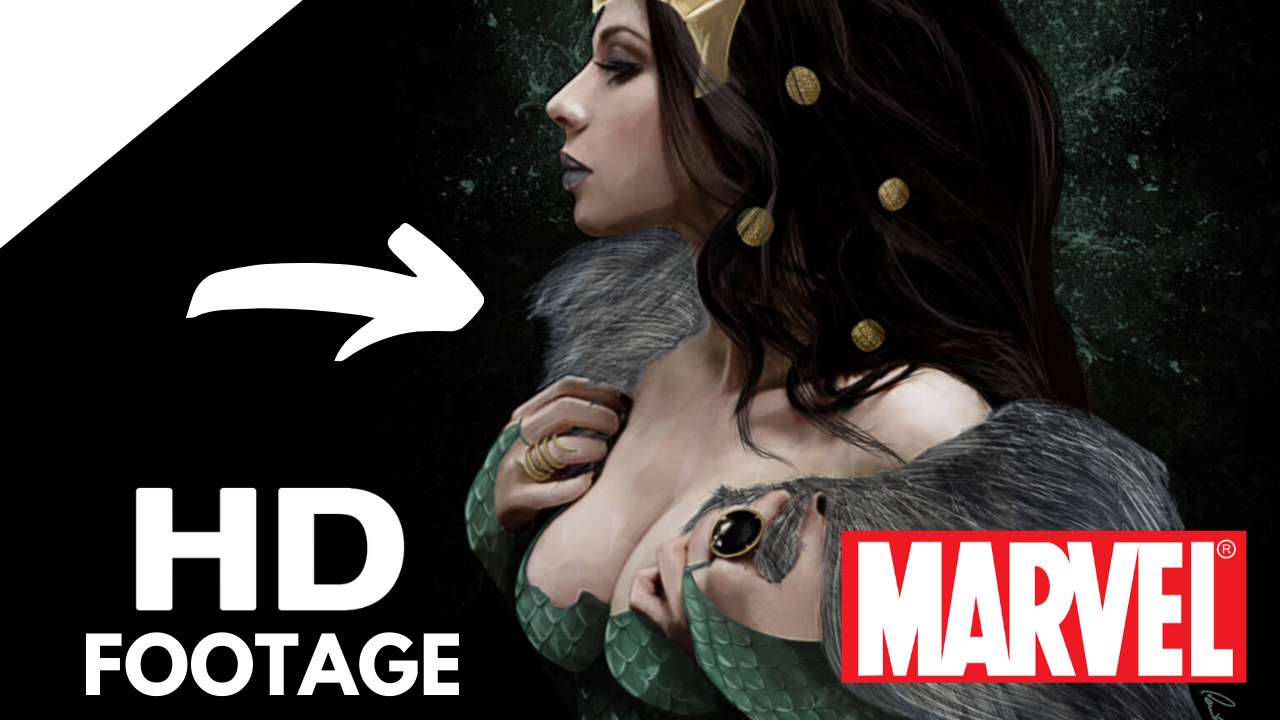
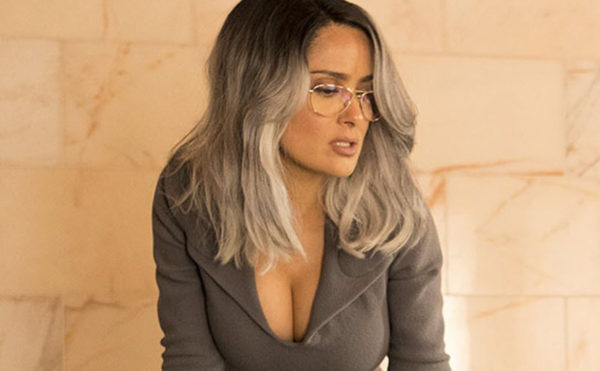
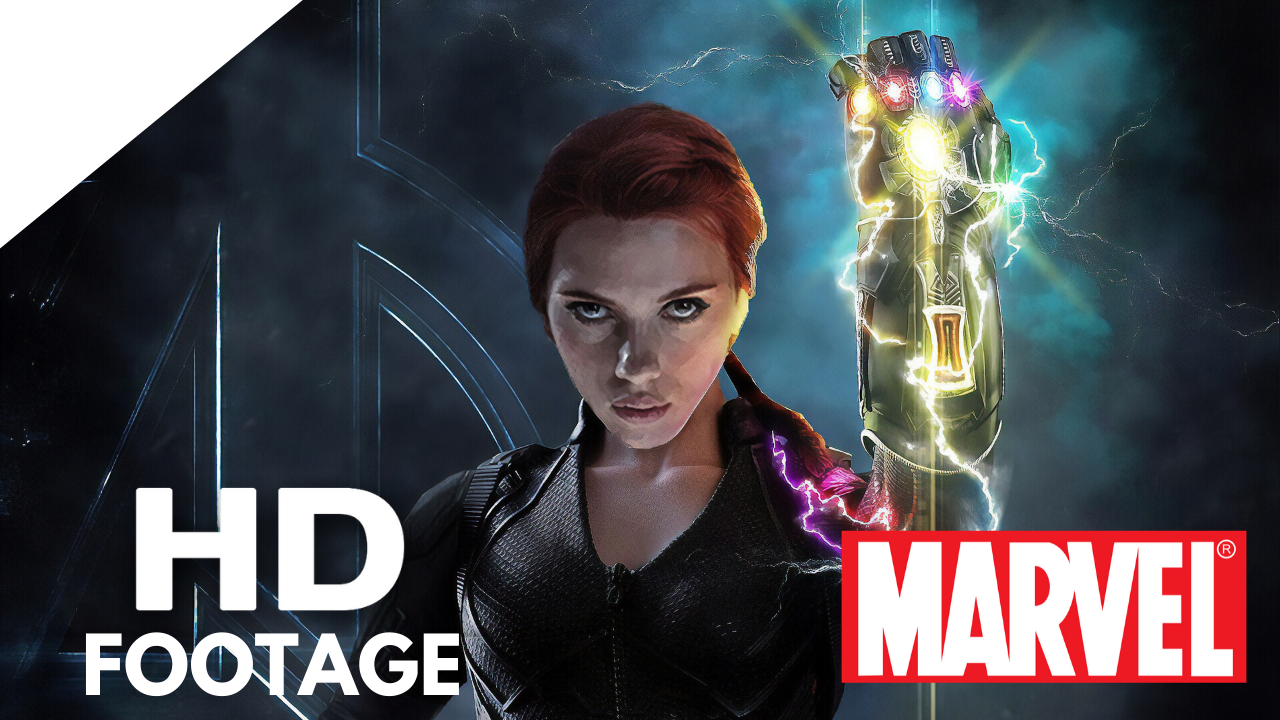
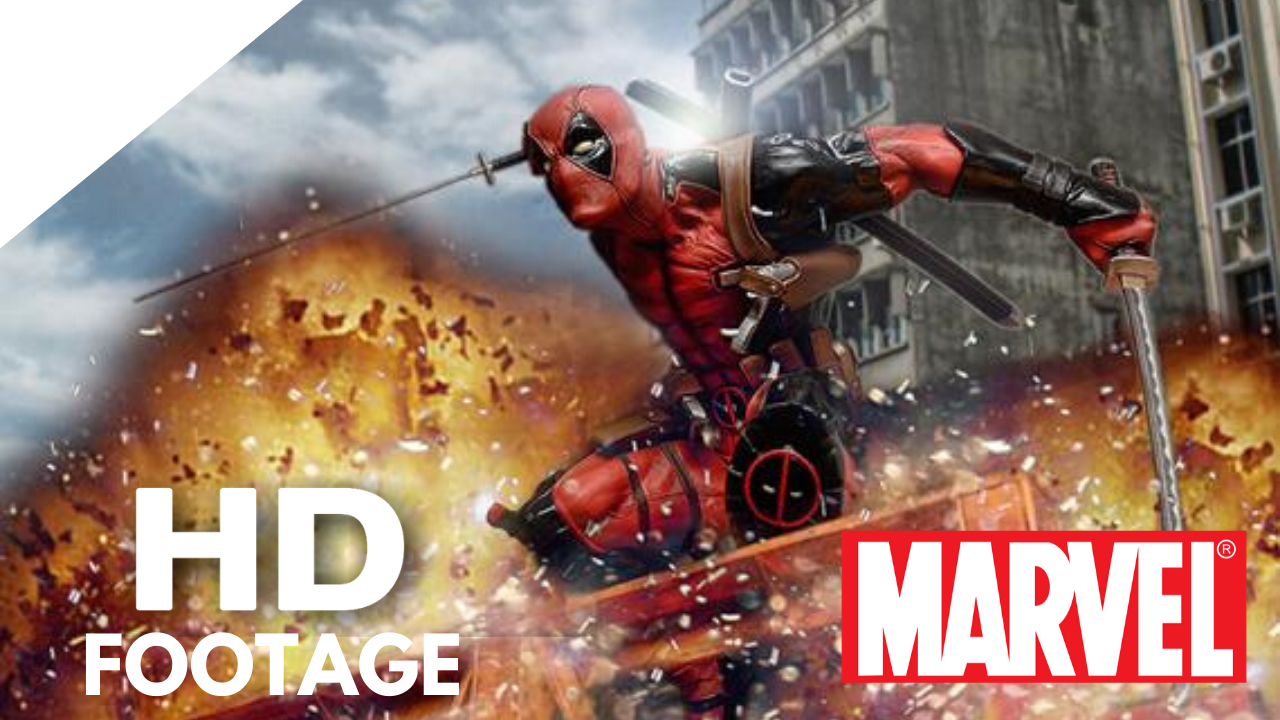
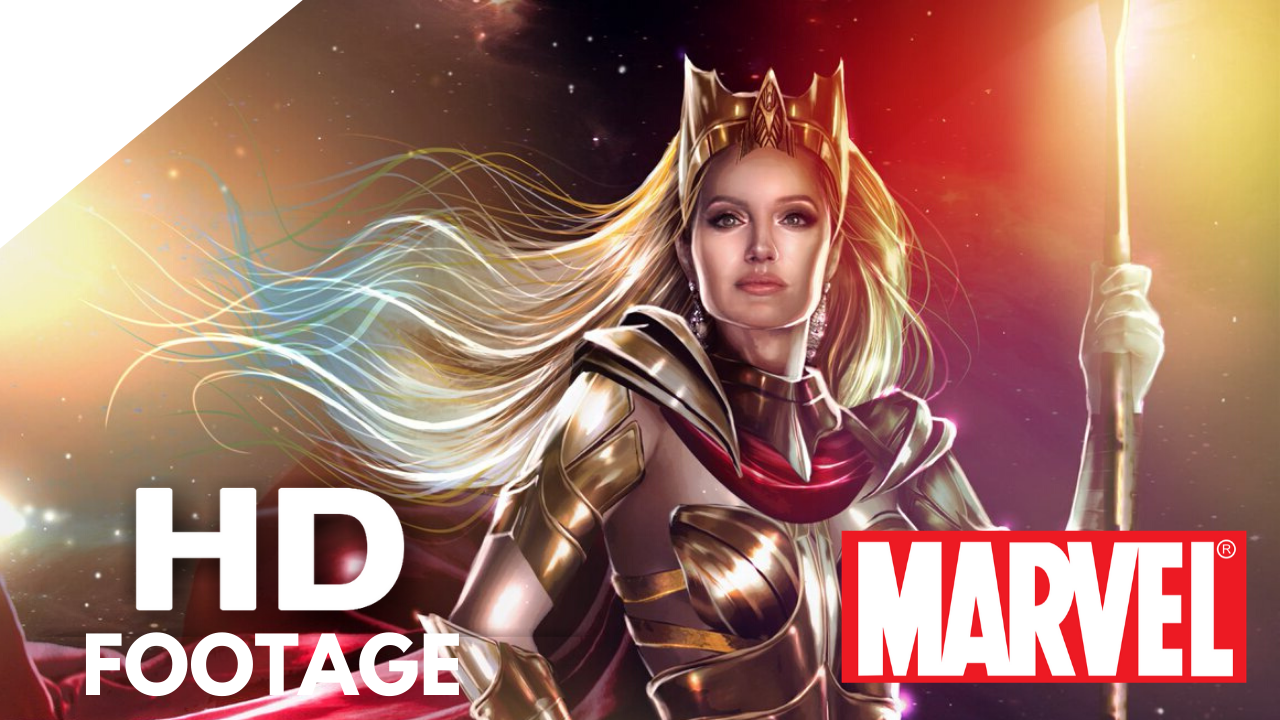
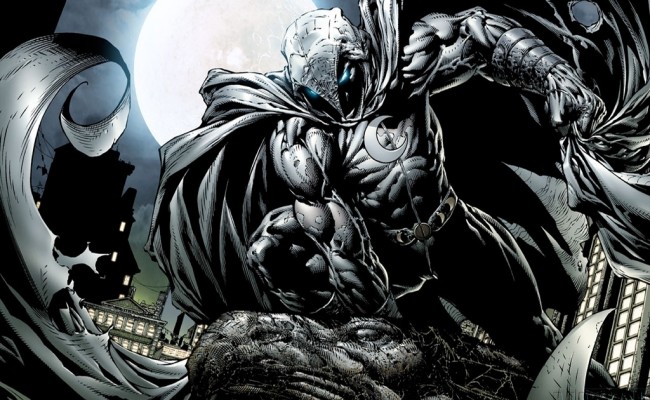

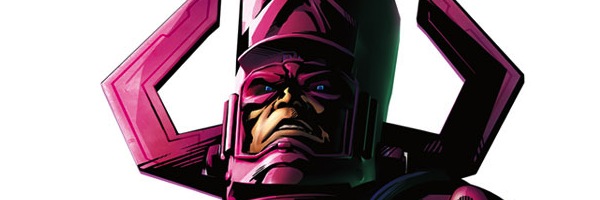
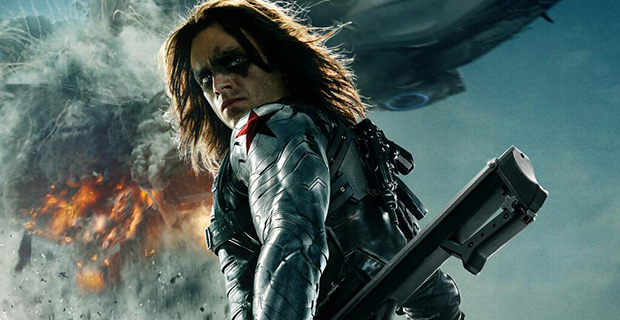
S#!T Talking Central